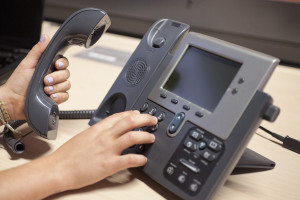The art of the media pitch is a difficult skill to master. Media pitching begins with a newsworthy story, customized media list and typically, a specially crafted email. After delivering what you think is a brilliant, personalized pitch, reporters may take hold to the idea or may not even respond.
The question of following up after a lack of response is debated by many PR pros. Reporters and journalists, in most cases, do not have time to respond if they are uninterested or if the pitch came at the wrong time.
So why make these follow-up calls?
The laundry machine effect
We all know that when a pair of socks is washed, one mysteriously disappears. In similar fashion, emails can often fall through the cracks. Journalists and reporters can receive hundreds or thousands of emails per day. If they didn’t respond, don’t assume they aren’t interested. Refresh their memory in an engaging way.
A second chance
A follow-up call allows you to reframe your pitch. If they didn’t respond well to the original pitch, change your angle and try to reframe your pitch in a different or more newsworthy way. Do your research on each journalist and tailor your story according to his or her particular beat or content produced on the media outlet.
Beats change
Journalists often switch beats and cover a variety of topics. You may have caught a reporter at a time when they are not be interested, but know a colleague who would. Make the call to reach the right contact.
Build relationships
It’s much more memorable to hear a name over the phone than reading it over email. Using follow-up calls can not only secure placements for your clients but can help create a relationship between contacts you only slightly know or still have yet to connect with.

